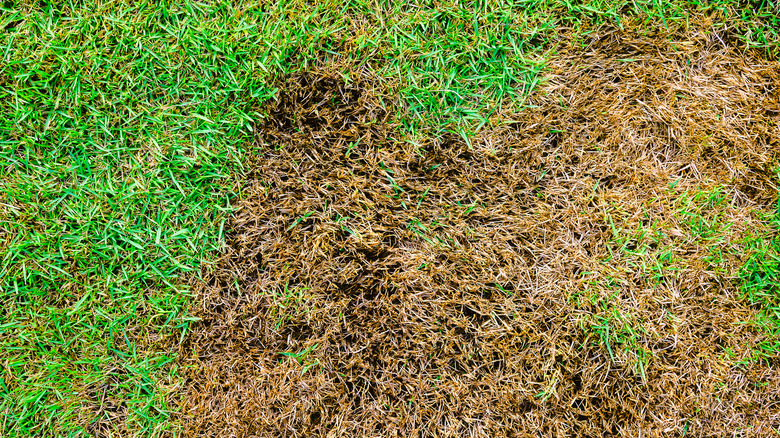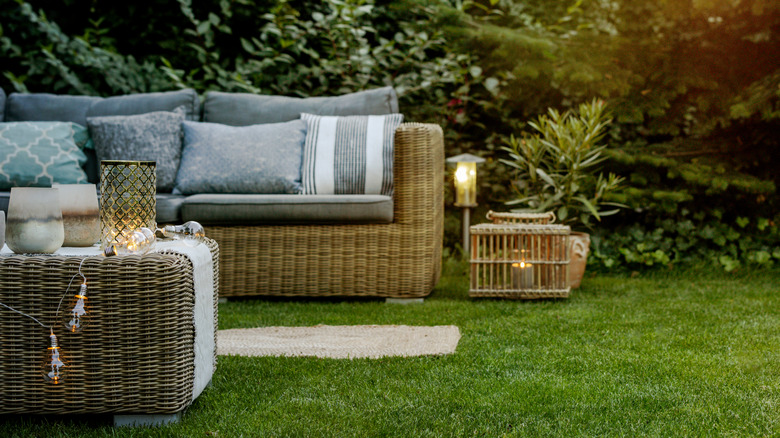As you ready your lawn for the winter months, perhaps cutting the grass one final time and raking up the leaves, it’s easy to make a simple but damaging mistake. That’s to leave any type of outdoor furniture, larger toys, or other items on the lawn. Once that first snow hits or a cold spell happens, your grass is going to become dormant, and anything left on it becomes a limitation for the lawn’s ability to remain healthy.
You may know that large piles of leaves or other organic material will damage the lawn as well. That’s because it prohibits sunlight from keeping the area dry and clear while also creating the ideal place for mold and mildew to grow. The same is true for outdoor furniture and anything else in your yard, such as pieces of wood, ride-on toys for the kids, kiddie pools, larger rocks, and landscape décor. If you don’t remove those items now, you’ll need to repair the grass in the spring, and that’s typically harder to do (and sometimes more expensive to do if it’s a large section) than just preventing the problem to begin with. It’s never ideal to place outdoor furniture on grass, but heading into winter, it’s even more problematic.
Why leaving outdoor furniture on the lawn is bad for it

Your grass can handle being walked and played on all spring, summer, and fall. During the winter months, most types of grasses become dormant as they work to conserve energy. When you put items on your lawn at any time of the year, you’re preventing access to sunlight and air, both of which are critical to the grass blades. It only takes a few days for items on a lawn to cause damage to it, often leading to yellowing of the grass before it dies off. It also allows grass to thin out as it becomes too damaged to survive the winter. This opens up space in the lawn for other pesky problems, like moss and weeds, to invade.
Imagine the weight of a piece of furniture pressing down on the grass over a period of time. There’s no way for light to get in to feed the nutrient needs of the grass blades. There’s also no airflow through the area to keep it dry enough to prevent infestations of mold and mildew from growing. It can also allow for things like snow mold, a type of fungal disease, to develop. This taxes the grass, increasing the risk of yellowing and dying.
What to remove from your lawn before winter

Any type of outdoor furniture that covers the grass, leaving little to no space between the grass and the object, is problematic at any time of the year and is likely to lead to significant damage to the grass over the winter months. This includes any type of furniture with larger legs, mats or rugs, non-permanent barriers, like your firepit, and very low-to-the-ground tables. If you have lawn ornaments that you don’t plan to keep in the same place next year, they should be removed. Also, remove any stray pieces of wood or tree limbs, toys from your children or pets, and any piles of leaves or organic material.
When possible, remove all of these items and place them on the patio, in the shed, or an area without grass. If you’ve had items already sitting on your lawn for some time, now is the best opportunity to care for any damage before heading into the winter months. After removing the items, rake up and loosen the grass that’s still present. Remove the thatching on the lawn, too, allowing more air and light to get deeper into the soil. If you still have a few weeks before the ground freezes, consider applying nutrients to your grass to help revive it before the cold weather makes it hard for roots to grow and flourish.




